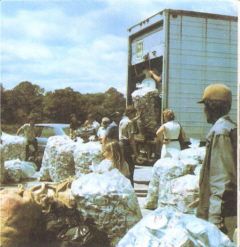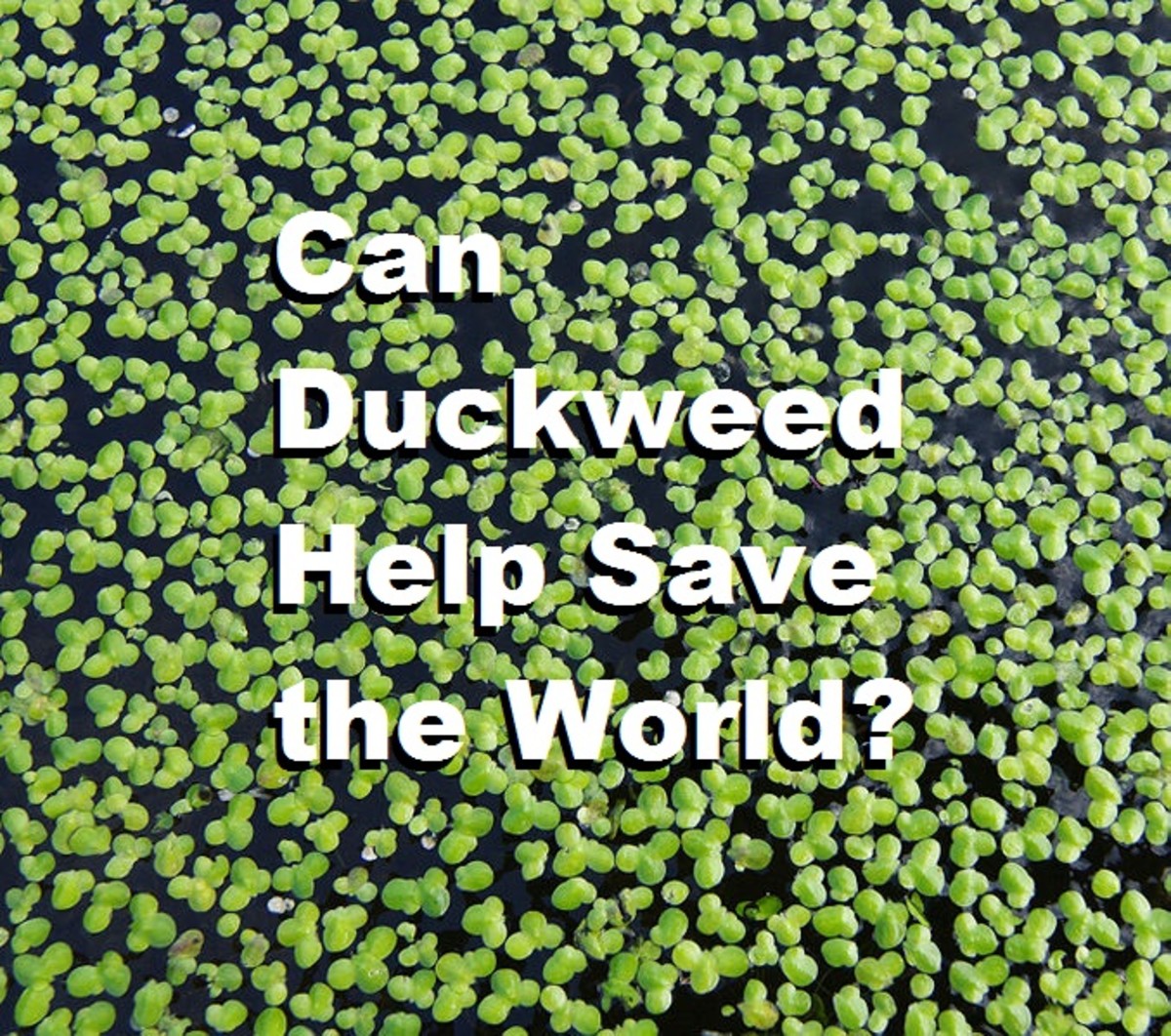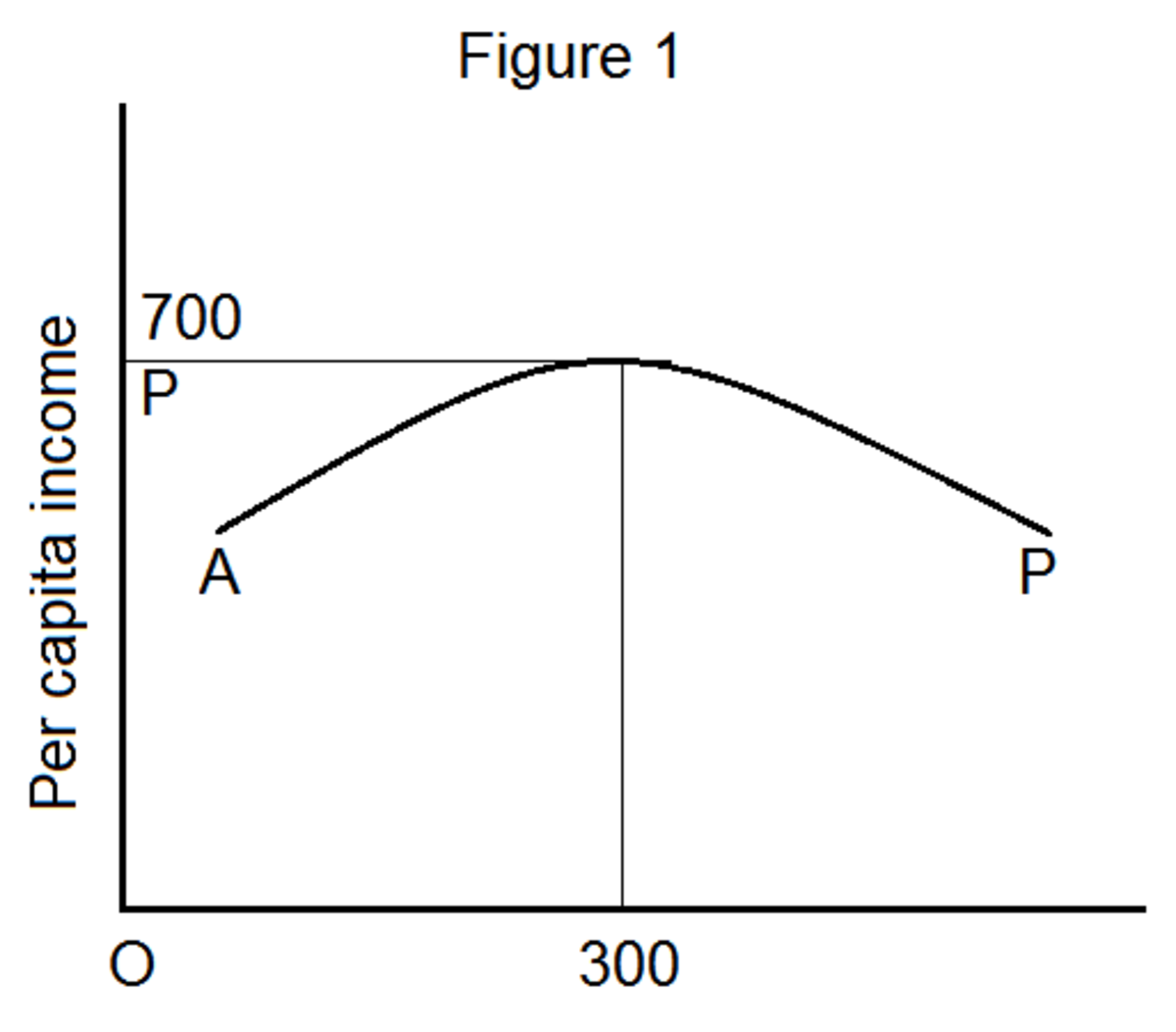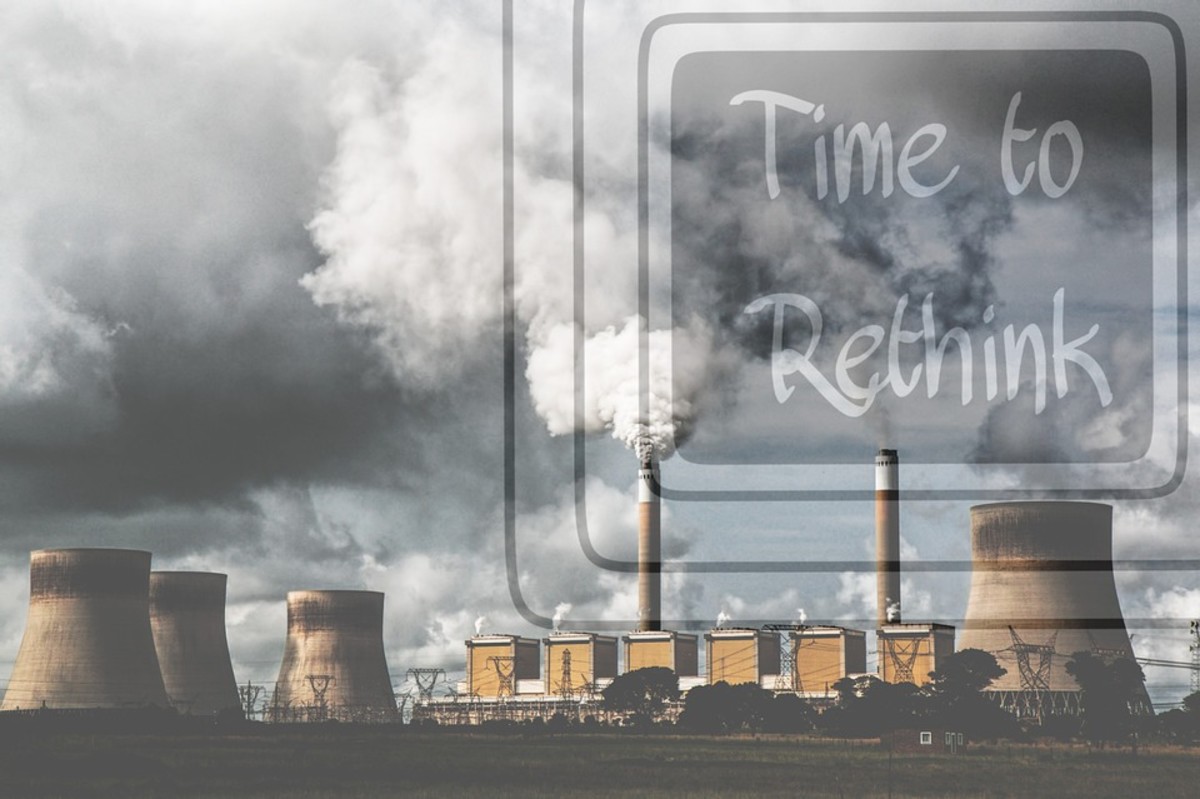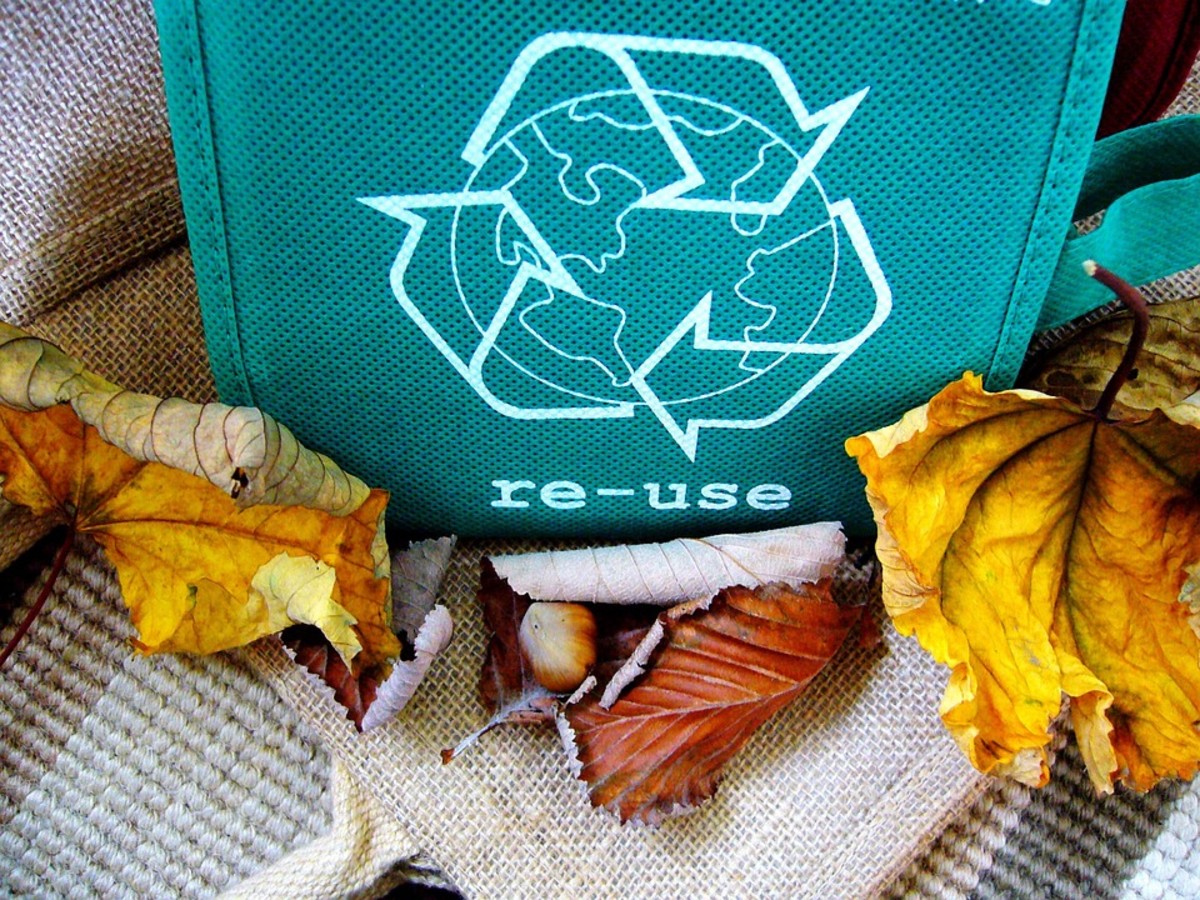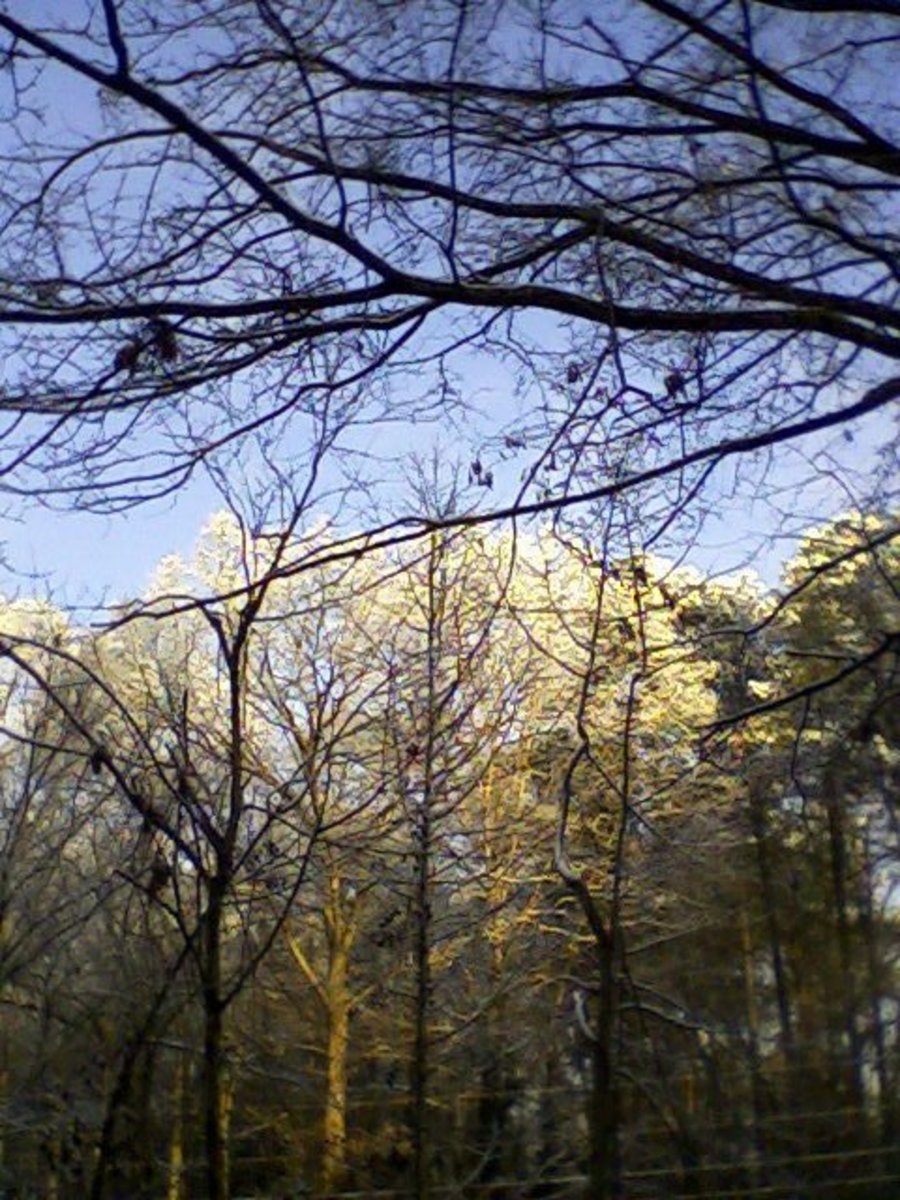Air, Water, and Land Pollution
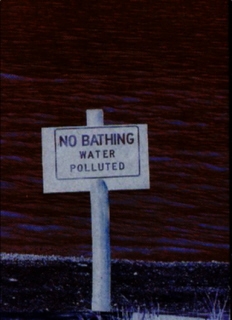
Problems of the Environment
During the years between 1790 and 1870, the population of the United States grew from 3 million to 38 million people. In their expansion across the country, people often ignored their treatment of the environment. Yet they were changing it drastically. Lands once inhabited by wildlife were destroyed. They were cleared for farmland and cities. Natural food chains were disrupted. Waste materials were put into the air, water, and land. As a result, the environment began to deteriorate. The resources once provided abundantly were becoming scarce.
The photos on this page are from Jack2205's collection.
Pollution Poll
Do you feel that it's important to control or stop pollution?
Conservation
People could no longer deny that the environment was becoming increasingly polluted, and that the supply of natural resources was diminishing. Some measures had to be taken. Conservation is the practice of preserving and protecting the natural environment and it's resources.
Population

Between the years 1850 and 1970, the human population of the world more than tripled. The population grew from one billion people to three and a half billion people. Yet the natural resources of the world have stayed the same.
The important thing to do is to keep the environment in balance. Only a limited amount of resources exist in the environment, thus, it can support only a certain number of organisms. If the balance becomes upset due to pollution, misuse of resources, or overpopulation, the natural resources may become scarce. It is important that people learn how to conserve them and use them wisely.
Environment Duel
Is it important to conserve natural resources?
Air Pollution

Pollutants are substances that make the air unclean. These may come from many sources. But the main cause is the burning of fuel. When fuel is burned, poisonous gases and smoke are released into the air. Automobile exhausts, factory fumes, and smoke from household chimneys are just a few sources of air pollution. Other air pollutants include smoke from burning garbage, smoke from forest fires, and chemical sprays.
No matter what the source or cause of air pollution, the results are bad. They may irritate the respiratory tracts of people and animals. Carbon monoxide and fumes from automobile exhausts are harmful substances. Poisonous gases and soot from factory fumes are known to weaken livestock, affect vegetable crops, and dirty the area around the factory. Chemical pollutants discolor and erode buildings.
Conserving Air
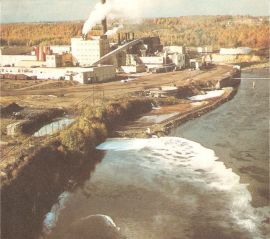
The air you need to breathe is constantly being recycled by green plants. But air pollution can affect that. Therefore, it is important to control the air pollutants.
The United States Environmental Protection Agency was created in 1970. The EPA set up limits controlling air pollutants produced by incinerators, power plants, automobiles, and factories. The use of lead free gasoline made car exhaust less dangerous. Smokestacks on factories were required to have pollution control devices to partly clean the fumes before they were let out into the air. As a result, the amount of smog, or the haze produced by smoke and chemical fumes, was reduced in many cities that enforced EPA regulations.
Water Pollution
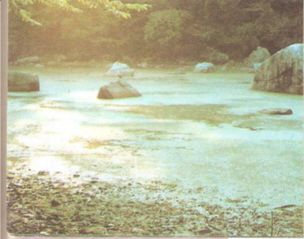
Water can become polluted in many ways. Chemicals from factories, untreated sewage, crop sprays, oil spills, and wastes from mining sites all pollute sources of water. This makes the water unfit for drinking, swimming, and bathing.
Polluted water is also unfit for aquatic organisms. Those that are not killed may incorporate pollutants into their bodies. The animals that eat these organisms are also affected. The pollutants are then passed along the food chains.
Algae thrive on the substances found in pollutants. As a result, the algae grow rapidly and use up most of the available nutrients in the water environment. Then the algae begin to decay. The oxygen in the water supply is used up as a result of this decay. Less oxygen is available for fish and other organisms living in the water.
Conserving Water
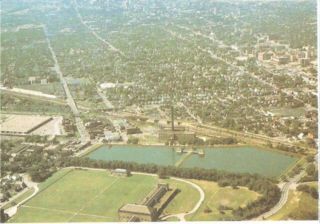
Each person needs to drink about 2.5 liters of water each day. You also need water for bathing, household cleaning, and recreation. Farms need water for growing food and for raising livestock. Factories need water to produce steel, gasoline, and paper. Water is also an environment in which many plants and animals live. Clean water is important in many ways.
One way to help stop water pollution is to prohibit the dumping of wastes into sources of water. Factory wastes and sewage must now be treated before they can be released into waterways. Wastewater treatment plants clean the water and usually add chemicals, such as chlorine, to the water before it is piped into your house.
Land Pollution
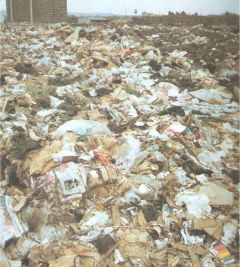
The main cause of land pollution is the dumping of litter, unwanted materials. Cans, bottles, papers, and plastics are a few examples of litter. Garbage, or leftover foods, is also a land pollutant.
They not only make an area ugly, but they also may change the environment in which organisms live. Plant growth may be affected by litter or garbage. This may upset the food chains in the environment. Rats and insects may be attracted to garbage sites and the areas may become unhealthy to live in. Though some materials may break down, many factory made substances such as plastics, glass, and metals do not. Instead, they remain in the environment, often poisoning it.
People Recycling
